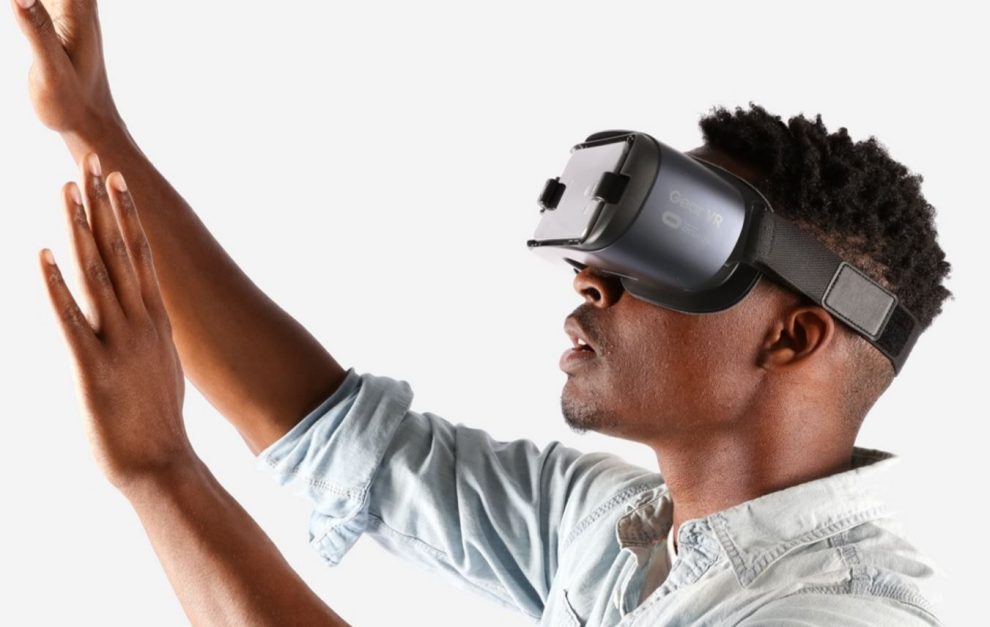The Gear VR: A Cautionary Tale
Released in 2015, the Samsung Gear VR was a pioneering mobile VR headset. Unlike its high-powered PC counterparts, the Gear VR relied on a user’s existing Samsung Galaxy phone for processing power and display. This made it significantly cheaper, with a starting price of just $99. However, this affordability came at a cost. The Gear VR’s reliance on smartphone tech limited its graphical capabilities and processing power. Additionally, the dependence on a specific phone model created compatibility issues, and the overall experience felt tethered, lacking the freedom of standalone headsets. While the Gear VR introduced many to VR experiences, its limitations ultimately led to its discontinuation in 2019.
Apple’s N107: Echoes of the Past
Reports suggest the N107 will take a similar approach to the Gear VR. Instead of packing all the processing power within the headset itself, Apple might require a tethered connection to an iPhone or Mac. This strategy could significantly lower the price point, with estimates ranging from $1,500 to $2,000 – still a substantial sum, but a far cry from the Vision Pro. However, just like the Gear VR, the N107’s reliance on another device raises concerns.

The Dependence Dilemma
The biggest question mark surrounding the N107 is its dependence on existing Apple devices. While the iPhone and Mac boast impressive processing power, they might not be optimized for the specific demands of XR applications. This could lead to performance bottlenecks, hindering the immersive experience Apple is known for. Additionally, the need for a compatible iPhone or Mac creates a barrier to entry, potentially alienating a significant portion of the market, particularly Android users.
Beyond Price: The Battle for Content and Developers
The success of any XR headset hinges not just on affordability but also on a robust content library and developer ecosystem. The Vision Pro, with its standalone nature, offered a platform for developers to create untethered, immersive experiences. The N107, however, might struggle to attract the same level of developer interest. The tethered design and potential limitations imposed by using existing Apple devices could make it a less attractive platform for developers to create cutting-edge VR and AR experiences.
A Different Game This Time Around
Despite the parallels to the Gear VR, there are key differences that could influence the N107’s fate. Apple enjoys a fiercely loyal customer base willing to invest in its ecosystem. Additionally, Apple’s rumored focus on augmented reality (AR) experiences alongside VR could be a game-changer. AR overlays the virtual world onto the real one, and leveraging an iPhone’s camera and processing power for AR functions could be a strategic advantage for the N107.
A Gamble with Potential
The N107 presents a gamble for Apple. While the lower price point could broaden the VR/AR market reach, the tethered design and potential limitations raise concerns. The success of the N107 will hinge on Apple’s ability to overcome these limitations and foster a strong developer ecosystem specifically for the N107 and its tethered functionalities.
The Road Ahead
The N107 serves as a crucial stepping stone for Apple’s XR ambitions. Its success or failure will determine how aggressively Apple pushes into the mainstream VR/AR market. If Apple can navigate the challenges and leverage its strengths, the N107 could become a gateway for many to experience the wonders of XR. However, if the N107 falls into the same pitfalls as the Gear VR, it might become a footnote in the ever-evolving history of XR technology. Only time will tell if Apple’s budget vision will become a reality or remain a virtual mirage.
















Add Comment